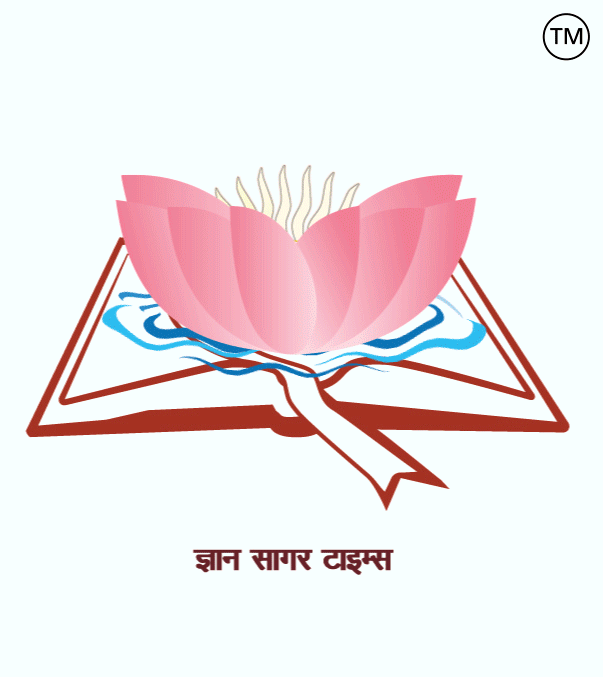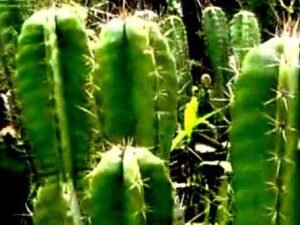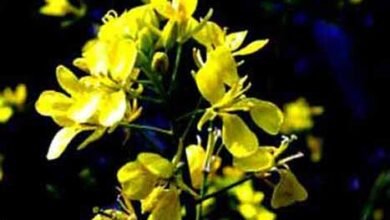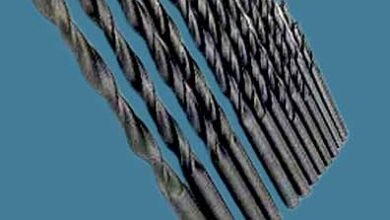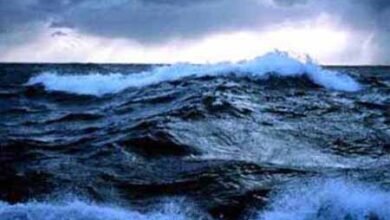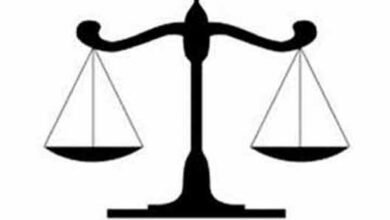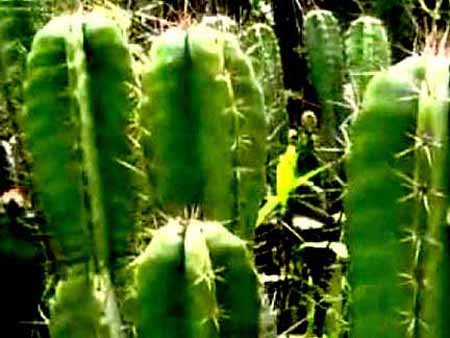
Related to botany – 203.
|
1. Who is the father of ‘Botany’? = Theophrastus. 2. Who is called the father of the green revolution in India? = Dr. M.S. Swaminathan. 3. What are the fungi that grow on the bark of trees called? = Corticolous fungi. 4. The study related to the cultivation of ornamental trees and shrubs is called? = Arboriculture. 5. The study of plants that produce vegetables is called? = Olericulture. 6. What is studied in palaeontology? = It is the study of ancient life, in which various types of organisms such as dinosaurs, ancient plants, mammals and microorganisms are studied through fossils. 7. What is agroforestry? = A land management system in which trees are integrated with crops or pastures. 8. How is the age of trees determined? = Based on the number of annual rings. 9. What is studied in mycology? = Study of fungi. 10. What is studied in psychology? = Algae. 11. What is the science of cultivating flowers called? = Floriculture. 12. Who is called the father of taxonomy? = Carl Linnaeus (Carolus Linnaeus). 13. Who gives a definite shape to the cell? = Cell membrane. 14. The branch of botany dealing with the separation and assembly of protoplasm is called? = Cell Biology, or more specifically, cell propagation and tissue culture. 15. Lichens are made up of which two classes of plants? = They are made up of fungi, algae or cyanobacteria. 16. Which is a reliable indicator of air pollutants? = Lichens. 17. Which crop increases nitrogen fixation in the soil? = Peas, gram, soybean, groundnut and alfalfa. 18. Cereal plants belong to which family? = They belong to the Poaceae or Gramineae (grass) family. 19. Oilseed crops belong to which family? = Cruciferae. 20. Which tree requires the most water for its growth? = Willow (Salix) trees. 21. Which gas is required for photosynthesis? = Carbon dioxide (CO₂) gas. 22. The process of preparing food by plants and trees is called? = Photosynthesis. 23. The end products of photosynthesis are? = Glucose and Oxygen. 24. The number of stomata is reduced, and they are sunken? = Xerophytes. 25. The water available to the roots of plants in the soil is? = Capillary water. 26. In which substance is protein not found? = Protein is not found in substances like sugar, pure oil, and ghee. 27. What is the botanical name of the mango? = Mangifera indica. 28. Potato belongs to which family? = Solanaceae. 29. Amarbel is an example of? = Parasite. 30. Which is the richest source of protein? = Soybean. ========== ============ =========== वनस्पति विज्ञान से संबंधित-203. 1. ‘वनस्पति विज्ञान’ के जनक कौन हैं? = थियोफ्रेस्ट. 2. भारत में हरित-क्रांति के जनक कौन कहलाते हैं? = डॉ. एम.एस. स्वामीनाथन. 3. वृक्षों की छालों पर उगने वाले कवकों को क्या कहते हैं? = कॉर्टिकोलस कवक. 4. सजावटी वृक्ष तथा झाड़ियों के संवर्द्धन से सम्बन्धित अध्ययन कहलाता है?= आर्बोरीकल्चर. 5. शाक-सब्ज़ी उत्पन्न करने वाले पौधों का अध्ययन कहलाता है? = ओलेरीकल्चर (Olericulture). 6. जीवाश्म विज्ञान में किसका अध्ययन होता है? = प्राचीन जीवन का अध्ययन है, जिसमें जीवाश्मों के माध्यम से डायनासोर, प्राचीन पौधों, स्तनधारियों और सूक्ष्मजीवों जैसे विभिन्न प्रकार के जीवों का अध्ययन किया जाता है. 7. एग्रोफ़ोरेस्ट्री क्या है? = एक भूमि प्रबंधन प्रणाली है जिसमें पेड़ों को फसलों या चारागाह के साथ एकीकृत किया जाता है. 8. वृक्षों की आयु किस प्रकार निर्धारित की जाती है? = वार्षिक वलयों की संख्या के आधार पर. 9. माइकोलॉजी में किसका अध्ययन किया जाता है? = कवक का अध्ययन. 10. फाइकोलॉजी में किसका अध्ययन किया जाता है? = शैवाल (algae). 11. फूलों के संवर्द्धन के विज्ञान को क्या कहते हैं? = फ्लोरीकल्चर (Floriculture). 12. वर्गिकी का पितामह कहा जाता है? = कार्ल लिनिअस (कैरोलस लिनियस). 13. कोशिका को एक निश्चित रूप कौन प्रदान करती है? = कोशिका झिल्ली. 14. जीवद्रव्य के पृथक्करण एवं संयोजन से सम्बन्धित वनस्पति विज्ञान की शाखा कहलाती है? = कोशिका जीवविज्ञान (Cell Biology) या अधिक विशिष्ट रूप से कोशिका प्रजनन और कोशिका ऊतक संवर्धन (Cell propagation and tissue culture). 15. लाइकेन किन दो वर्ग के पोधों से मिलकर बने होते हैं? = कवक (fungus) और शैवाल (algae) या सायनोबैक्टीरिया (cyanobacteria) से मिलकर बने होते हैं. 16. वायु प्रदूषकों का विश्वसनीय संकेतक (Indicators) होता है? = लाइकेन (Lichens). 17. कौन-सी फसल, मृदा में नाइट्रोजन यौगिकीकरण को बढ़ाती है? = मटर, चना, सोयाबीन, मूंगफली और अल्फाल्फा. 18. अनाज वाले पौधे किस कुल से सम्बन्धित है? = पोएसी या ग्रैमिनी (घास) कुल से संबंधित होते हैं. 19. तेल बीज (Oil seeds) वाली फसल किस कुल से सम्बन्धित होती है? = क्रूसीफेरी. 20. किस पेड़ को अपनी वृद्धि के लिए सर्वाधिक मात्रा में जल की आवश्यकता होती है? = विलो (Salix) के पेड़ . 21. प्रकाश संश्लेषण के लिए कौन सी गैस आवश्यक होती है? = कार्बन डाइऑक्साइड (CO₂) गैस. 22. पौधों व पेड़ का खाना तैयार करने की प्रक्रिया कहलाती है? = प्रकाश संश्लेषण (Photosynthesis) कहते हैं. 23. प्रकाश संश्लेषण का अंतिम उत्पाद होता है? = ग्लूकोज और ऑक्सीजन. 24. रन्ध्रों की संख्या न्यूनीकृत होती है तथा ये धंसे होते हैं? = मरुद्भिदों. 25. भूमि में पौधों की जड़ों के लिए उपलब्ध जल होता है? = केशिका जल. 26. किस पदार्थ में प्रोटीन नहीं पाया जाता है? = चीनी (Sugar), शुद्ध तेल (pure oil), और घी (ghee) जैसे पदार्थों में प्रोटीन नहीं पाया जाता है. 27. आम का वानस्पतिक नाम क्या है? = मैंगिफ़ेरा इंडिका. 28. आलू किस कुल से सम्बन्धित है? = सोलेनेसी. 29. अमरबेल एक उदाहरण है? = परजीवी का. 30. किसमें प्रोटीन का सबसे अधिक स्रोत पाया जाता है? = सोयाबीन.
|

